Photo

Z-Pak (Azithromycin)
Azithromycin is a common antibiotic that blocks protein translocation.
The bacterial ribosome is a 70S particle (30S subunit + 50S subunit)
30S binds mRNA and initiates protein synthesis
50S binds aminoacyl tRNA and catalyze peptide bond formation
Azithromycin binds irreversibly to a site on the 50S subunit on the bacterial ribosome, thus inhibiting the translocation steps of protein synthesis.
@pfizer365
#drug#azithromycin#antibiotic#pharmaceutical#medical#medicine#antibiotics#pharmacist#pharmacy#pharmacy tech#treatment#physician#clinical pharmacist#pharma#pharmacology#drugs#antibacterial#bacteria#pfizer
230 notes
·
View notes
Photo

Uterus Anatomy
Happy International Women’s Day!
#iwd2019#internationalwomensday#uterus#cervix#vagina#fallopian tube#women#balanceforbetter#anatomy#physiology#premed#medschool#medicine#medical#science#scientific illustration#biomedicine#biology#nursing#nursing school
314 notes
·
View notes
Photo
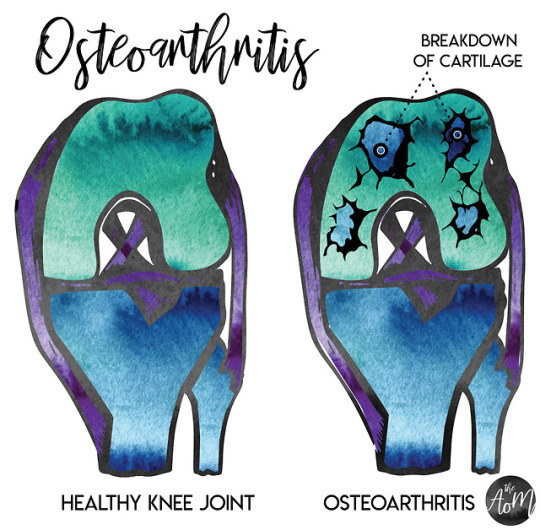
instagram: the.art.of.med
Osteoarthritis
Osteoarthritis (OA): common joint disease that most often impacts individuals later in life
Characterized by :
breakdown of cartilage (the tissue that cushions the ends of the bones between joints)
bony changes of the joints
deterioration of tendons and ligaments
various degrees of inflammation of the joint lining (called the synovium)
Osteoarthritis tends to occur in the hand joints, spine, hips, knees, and great toes.
#osteo#osteoarthritis#oa#osteoarthritis sucks#osteostrong#bone health#chronic pain#chronic illness#chronic illness warrior#invisible illness#invisible illnesses#invisible disease#invisible disability
790 notes
·
View notes
Photo

ACL and PCL
The ACL and PCL are 2 of the main ligaments in the knee connect the femur (thighbone) to the tibia (shin bone).
Anterior cruciate ligament (ACL) - The ligament, located in the center of the knee, that controls rotation and forward movement of the tibia (shin bone).
Posterior cruciate ligament (PCL) - The ligament, located in the center of the knee, that controls backward movement of the tibia (shin bone).
#sports medicine#sports#ligament#sports injury#medicine#knee#studyblr#studyspo#premed#medschool#physician#physician assistant#nurse#nursing school#nurse practitioner#medblr#acl#pcl
653 notes
·
View notes
Photo

Types of Bone Fractures
Common types of breaks include:
Transverse: breaks straight across the bone
Stress fracture: a very thin crack, also called a hairline fracture
Oblique: breaks at an angle
Greenstick: breaks on one side, but bends on the other–like a fresh stick from a tree
Comminuted: bone breaks into three or more pieces
#medicine#medical#sports#sports medicine#bone#break#bonebreaking#bone fractures#premed#medschool#physician#nurse#nursepractitioner#nursingschool#science#biomedical engineering#fracture#sportsmed#sportsmedicine
2K notes
·
View notes
Photo

instagram: the.art.of.med
Osteoarthritis
Osteoarthritis (OA): common joint disease that most often impacts individuals later in life
Characterized by :
breakdown of cartilage (the tissue that cushions the ends of the bones between joints)
bony changes of the joints
deterioration of tendons and ligaments
various degrees of inflammation of the joint lining (called the synovium)
Osteoarthritis tends to occur in the hand joints, spine, hips, knees, and great toes.
#science#medical#medicine#osteoarthritis#geriatrics#rheumatology#inflammatory arthritis#knee#kneejoint#premed#md#medschool#nurse#nursing school#physician assistant#nurse practitioner#medical illustration#graphic design
790 notes
·
View notes
Note
Omg. I love your page! Keep it up! ❤

@monsterdreamermd, thank you! I’m loving your blog too - good luck with medschool.
29 notes
·
View notes
Photo

The Ovarian Phases of the Menstrual Cycle
Ovarian cycle: governs the preparation of endocrine tissues and release of eggs
Menstrual cycle: governs the preparation and maintenance of the uterine lining
These cycles occur concurrently and are coordinated over a 22–32 day cycle, with an average length of 28 days
Ovarian Cycle Phases:
Follicular Phase - prepare the egg for ovulation
Follicle grows
Ovulation
The most mature follicle ruptures
Egg is released
Luteal Phase
Follicles that did not rupture during ovulation undergo physical changes and produce a structure called a corpus luteum
Follicles degenerate and their eggs are lost
Corpus luteum degenerates
@linisha182, I’m glad you sent a note! I’ve added more detail into the ovarian cycle process. Hope this helps ❤️.
#biology#medicine#medical#ovary#anatomy#physiology#premed#obgyn#gynecologist#obstetrician#physician#med school#physician assistant#nurse practitioner#study#studyblr#studyspo
336 notes
·
View notes
Photo
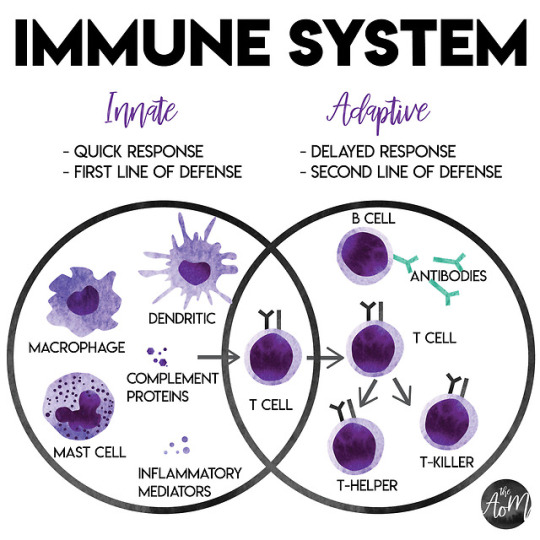
Innate and Adaptive Immunity
There are 2 systems of immunity - innate immunity and adaptive immunity. Thank you @coffeeloveinglazyfox, for the suggestion!
Innate Immunity
Molecular and cellular mechanisms predeployed before an infection and poised to prevent and eliminate it
Disease-resistance mechanisms that recognize generic classes of molecules peculiar to frequently encountered pathogens
Generic defense mechanism, not tailored
Response time: hours
Adaptive Immunity
Capable of recognizing and selectively eliminating specific foreign microorganisms and molecules
Activated by Innate Immunity (overlap in diagram)
Capable of memory
If the same, or closely related, pathogen infects the body, memory cells provide the means for the adaptive immune system to make a rapid and often highly effective attach on the invading pathogen
Tailor defense to specific microorganisms
Response time: days
This post was inspired by Dr. Armando Hasudungan’s Immunology lecture.
#science#biology#immunology#immune system#immunity#medicine#medical#premed#medschool#grad school#gradblr#study#studyblr#nurse#nursingschool#pharmaceutical#immunotherapy#medical illustration
2K notes
·
View notes
Photo

Ear Anatomy
#science#medicine#medical#ear#ent#premed#medschool#physician#nursepractitioner#nurse#nursing school#anatomy#physiology#biology#study#studyblr#studyspo#theartofmedicine#art
464 notes
·
View notes
Photo

Vertebral Column
Individual vertebrae are named according to their region and position. From top to bottom, the vertebrae are:
Cervical spine: 7 vertebrae (C1–C7)
Thoracic spine: 12 vertebrae (T1–T12)
Lumbar spine: 5 vertebrae (L1–L5)
Sacrum: 5 (fused) vertebrae (S1–S5)
Coccyx: 4 (3–5) (fused) vertebrae (Tailbone)
#biology#medical#medicine#spine#orthopaedic surgeons#ortho#vertebrae#study#studyblr#studyspo#anatomy#physiology#theartofmedicine#medical illustration#premed#med school#physician#nurse#nursing school#physician assistant#nurse practitioner#biomedical engineering#biomechanical
795 notes
·
View notes
Photo

Hand Anatomy
#science#science illustration#medical#medicine#hand#premed#medschool#nurse#nursing school#physician#physician assistant#nurse practitioner#anatomy#physiology#study#studyblr#studyspo
2K notes
·
View notes
Photo
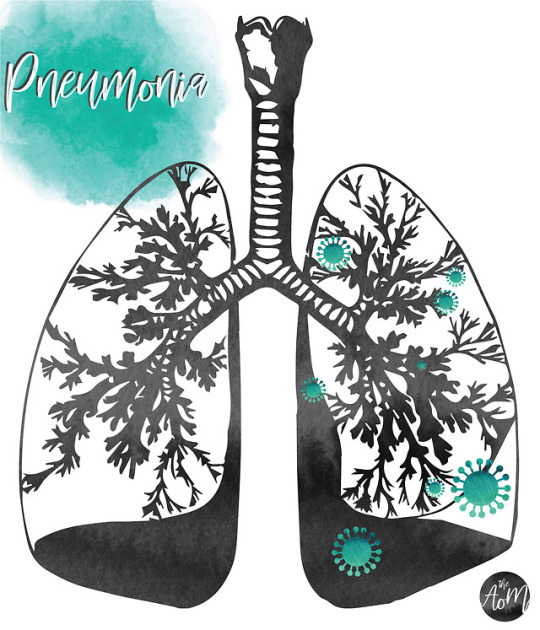
Pneumonia
Pneumonia - infection that inflames the air sacs in one or both lungs
The air sacs may fill with fluid or pus (purulent material)
Causing cough with phlegm or pus, fever, chills, and difficulty breathing
Causative organisms - bacteria, mycoplasma, viruses, and fungi
#pneumonia#respiratory#respiratory system#infection#infectious disease#medicine#medical#science#scientific illustration#medical illustration#theartofmedicine#study#studyblr#studyspo#premed#med school#nursing school#physician assistant#nurse practitioner#nurse#physician
221 notes
·
View notes
Photo
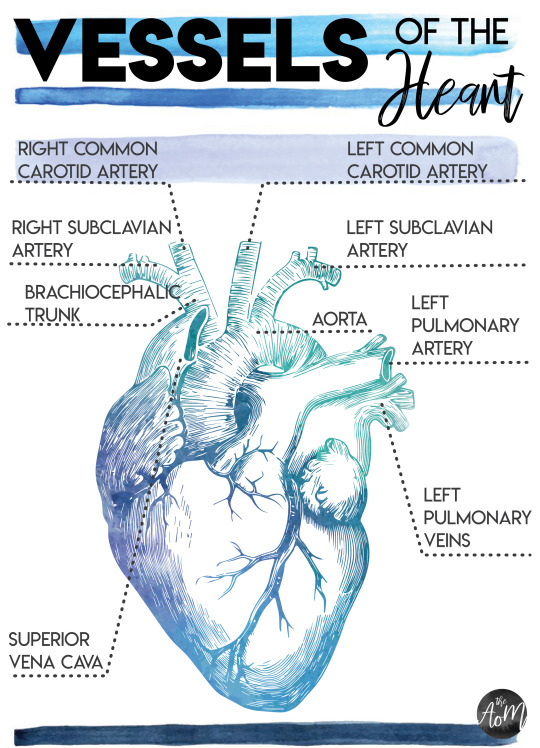
Vessels of the Heart
@maryphil0516, thanks for the suggestion!
#biology#anatomy#physiology#medicine#biomedicine#biomedical engineering#heart#premed#medschool#physician#nurse#nursing school#nurse practitioner#physician assistant#cardiology#cardiologist#usmle
805 notes
·
View notes
Note
Hey! I love your art, you make it so visual and it's great for learning important stuff. Are you planning on doing any heart anatomy or bones of the body/certain regions? Thank you for making these amazing works of art! xx
@maryphil0516, Thank you! You’ve got great timing! I’ve been working on a heart anatomy piece and I’m almost done. It should be ready to share later today. I’ve been considering doing a bone structure of the hand or bone structure of the leg piece. Hopefully I’ll make up my mind and share these soon.
23 notes
·
View notes
Photo
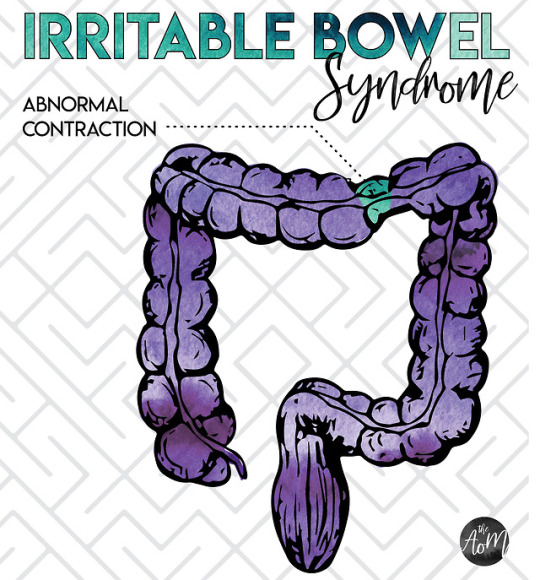
Irritable bowel syndrome (IBS) is a disorder that is characterized by altered gastrointestinal habits and chronic abdominal discomfort.
Abnormal Function
The walls of the intestines are lined with layers of muscle that contract and relax, helping food move through the digestive system. With irritable bowel syndrome, these muscle may function abnormally, including causing painful muscle spasms.
Prevalence:
10-15% of the US population
Common Symptoms:
Abdominal discomfort
Mild to severe cramping
Often relieved with defecation
Pain may be worse with emotional stress or with meals
Bloating
Excess gas
Constipation
Diarrhea
Mucus in stools
Feeling that you have not completely emptied your bowels
Thank you so much for the great suggestion @justnurseystuff & @princehansofthecutieisles80!
#science#medicine#medical#gastroenterologist#internal medicine#family medicine#study#studyblr#studyspo#ibs#irritable bowel syndrome#intestines#premed#med school#physiology#physician#nurse#nursing school#physician assistant#nurse practitioner
263 notes
·
View notes
Photo

Anatomy of a Tooth
#science#dentistry#dentist#tooth#anatomy#physiology#medicine#teeth#molar#dental school#dental assistant#dental hygiene#dental hygienist#studyblr#student#studyspo#study
687 notes
·
View notes